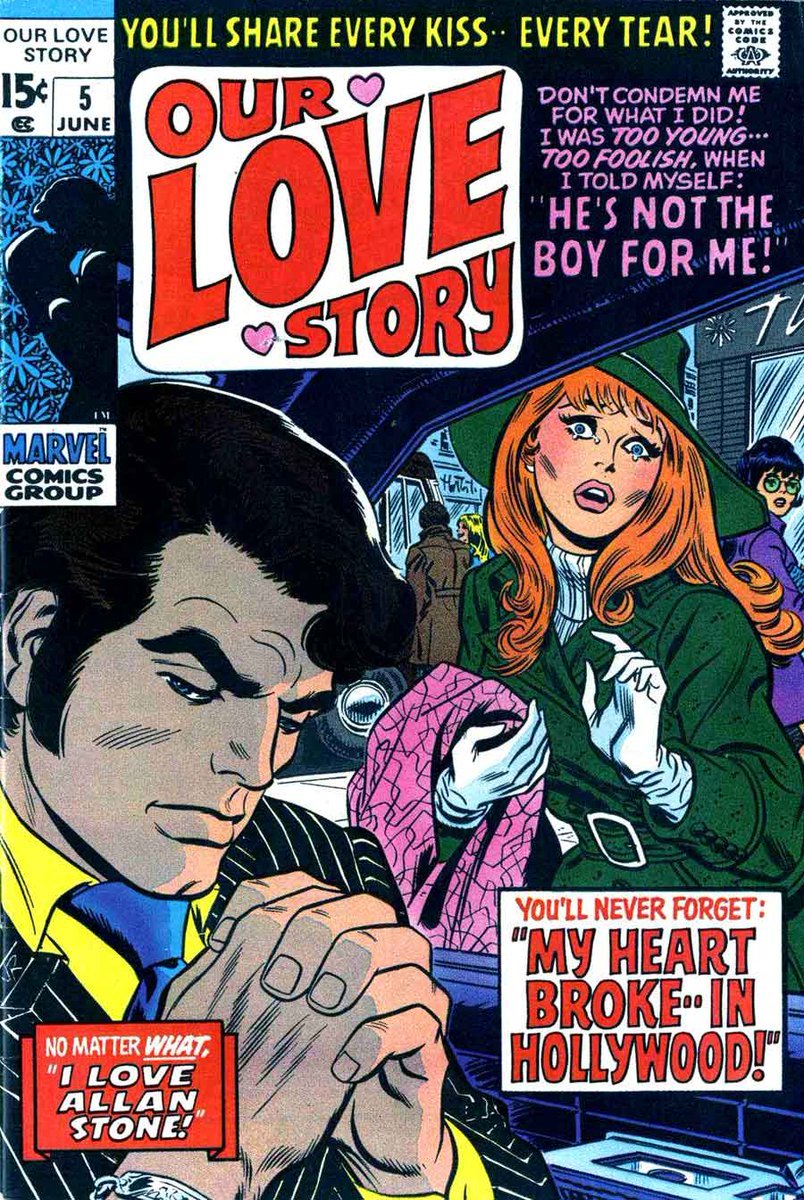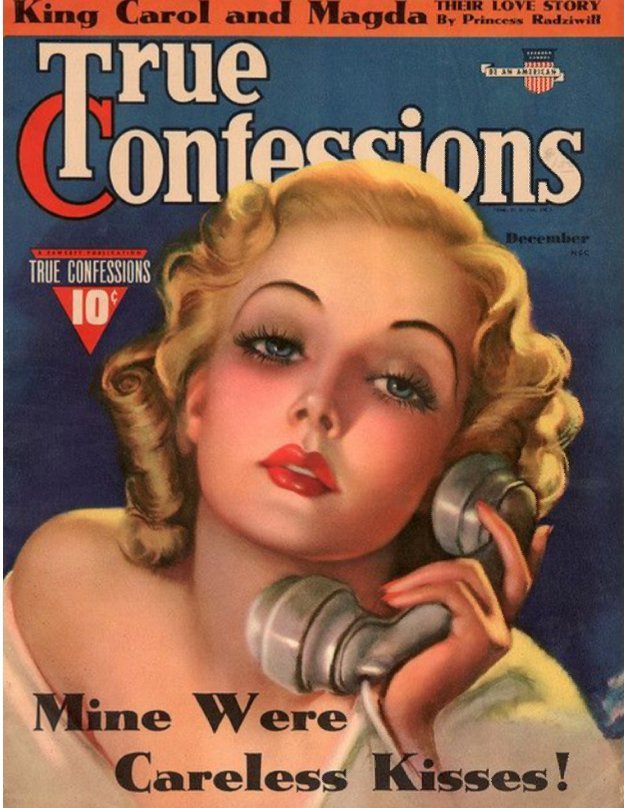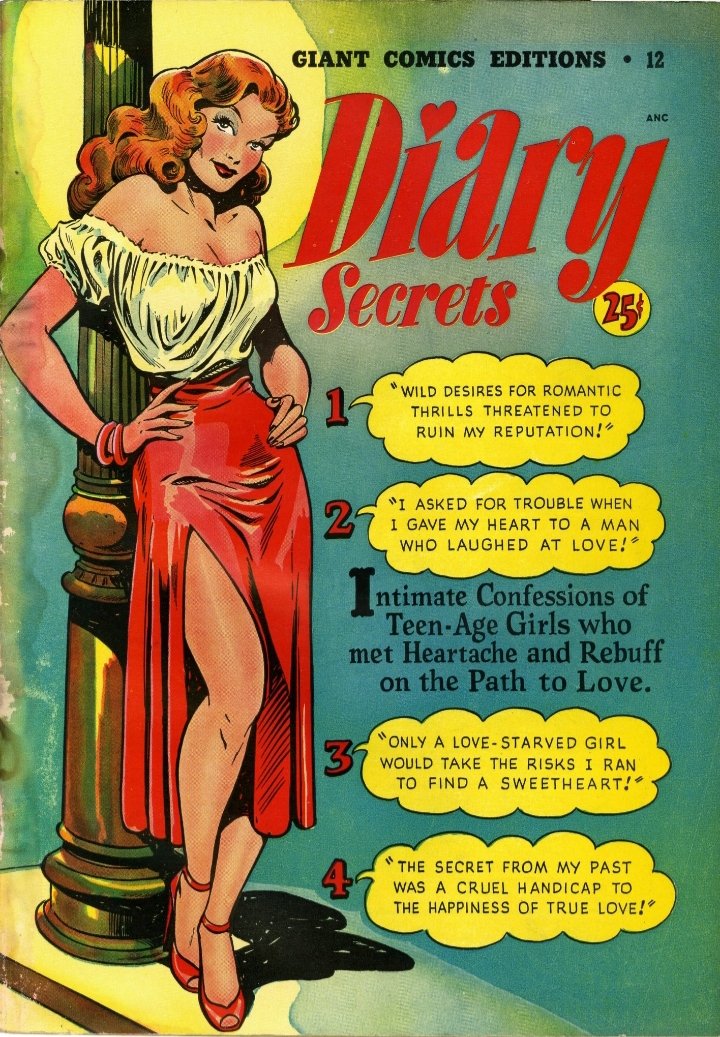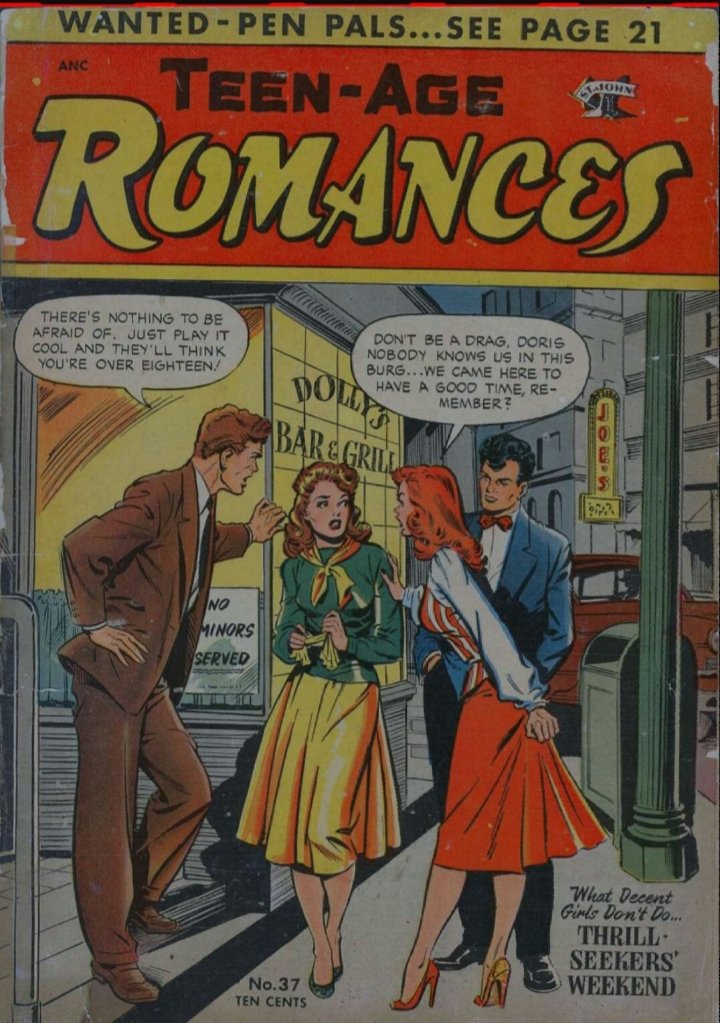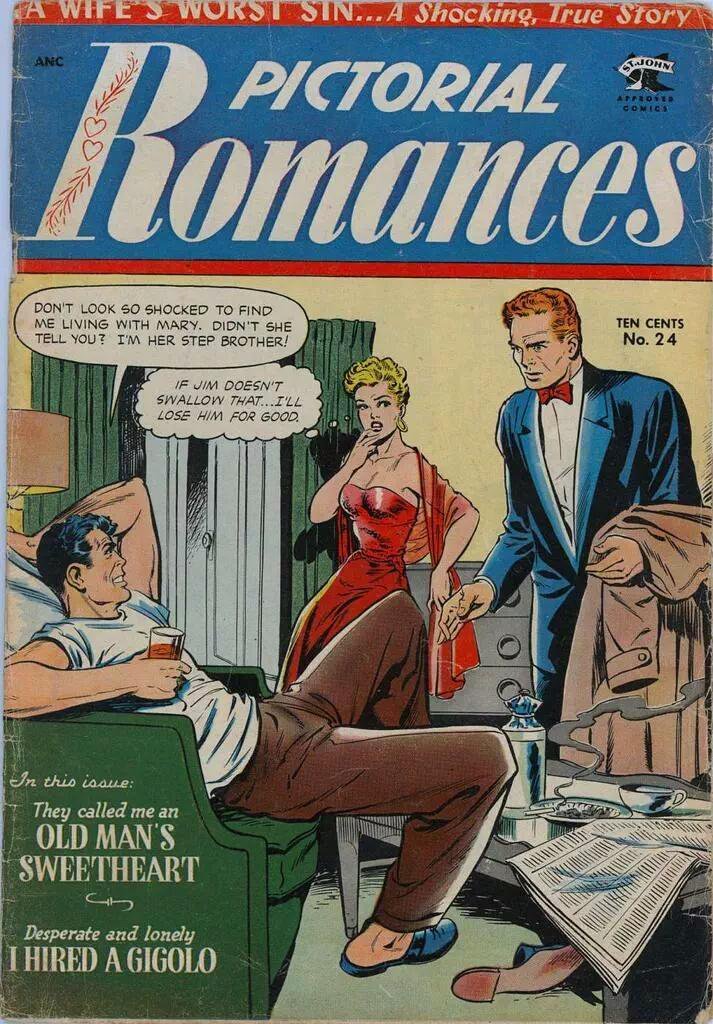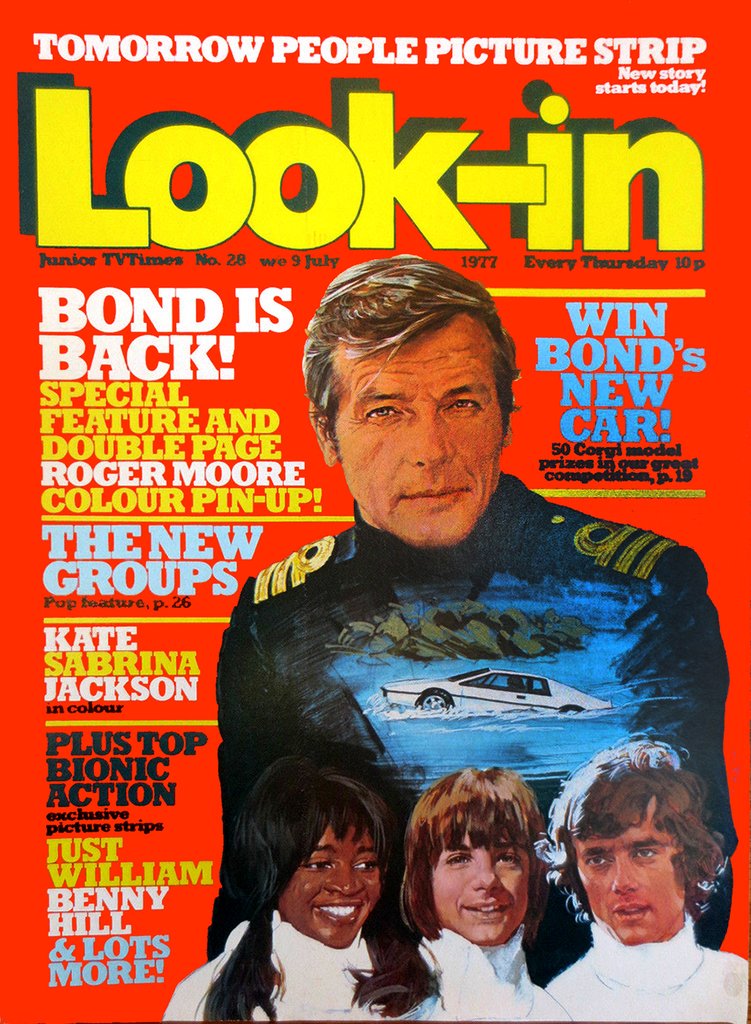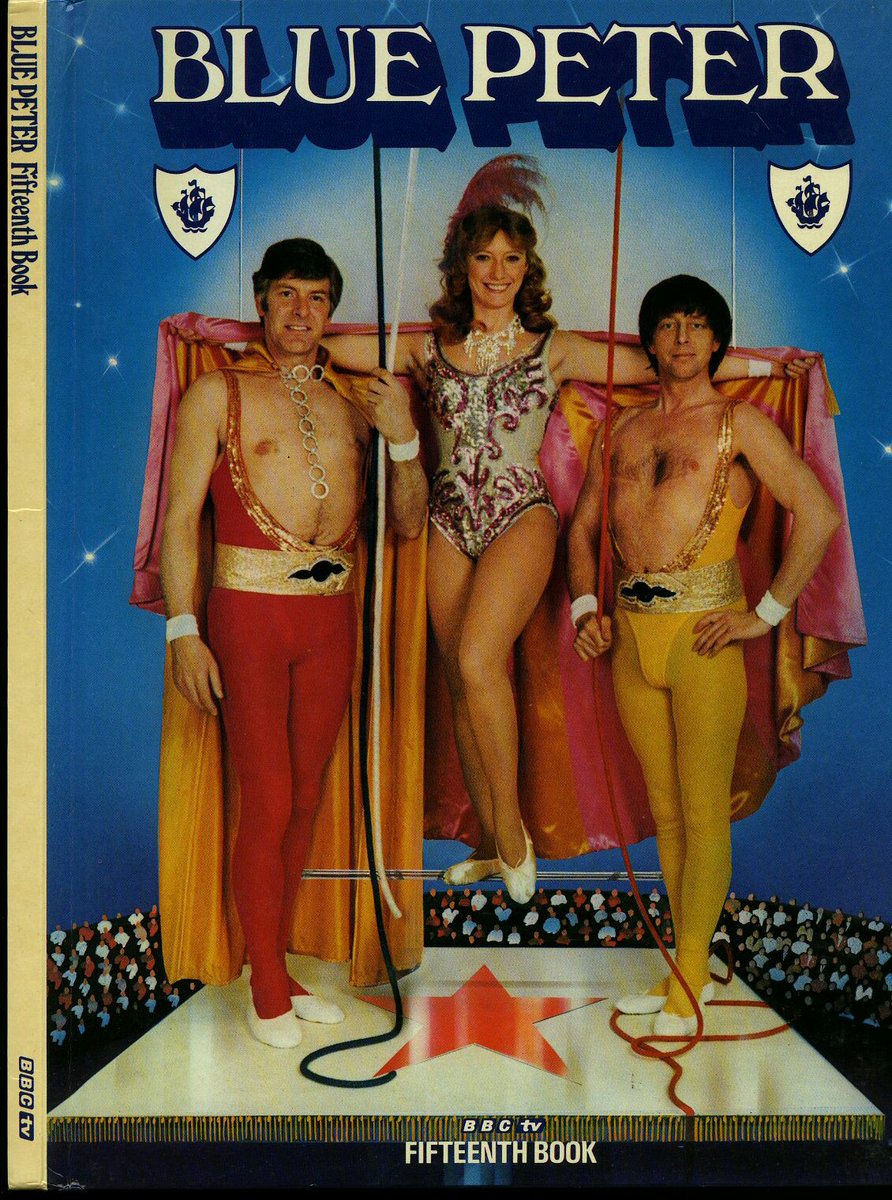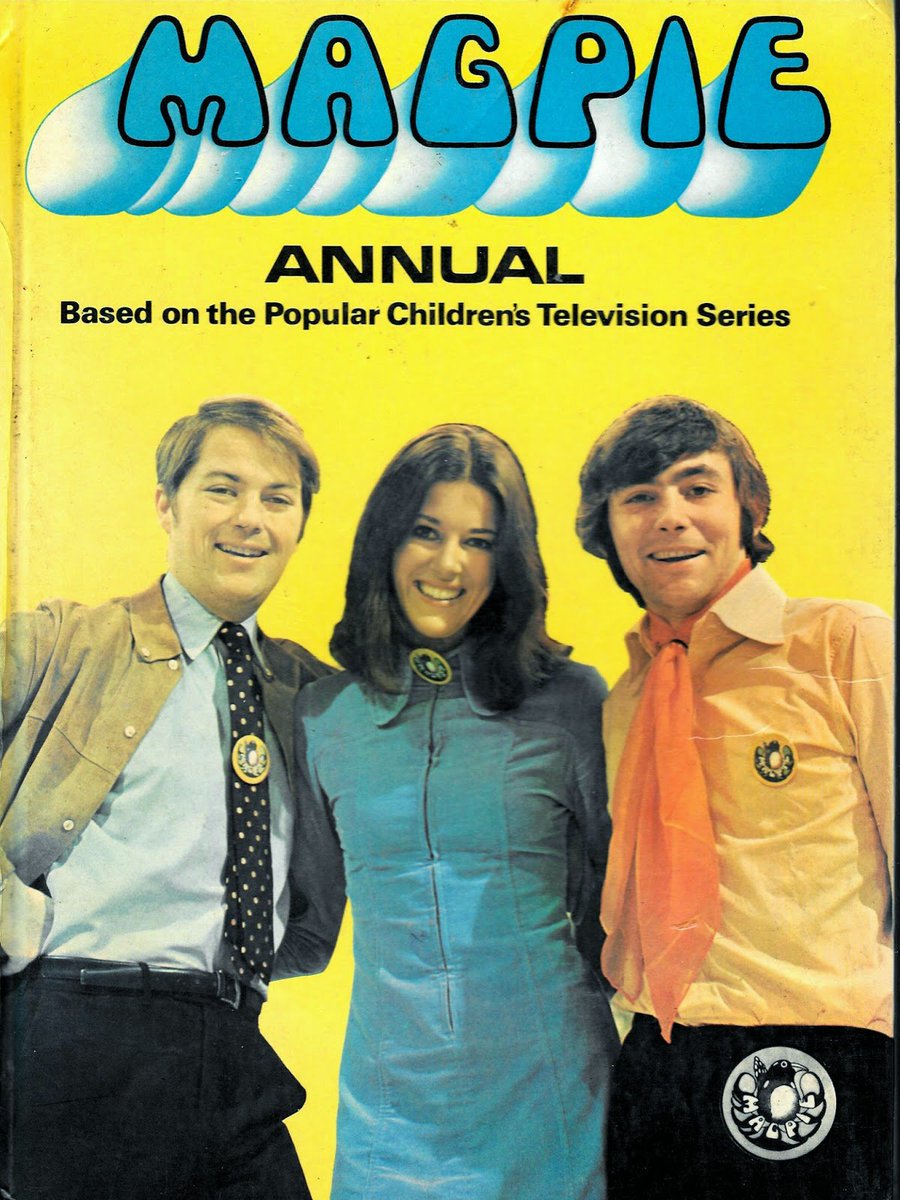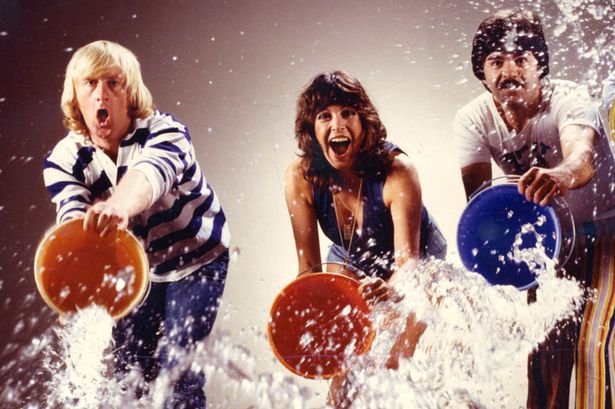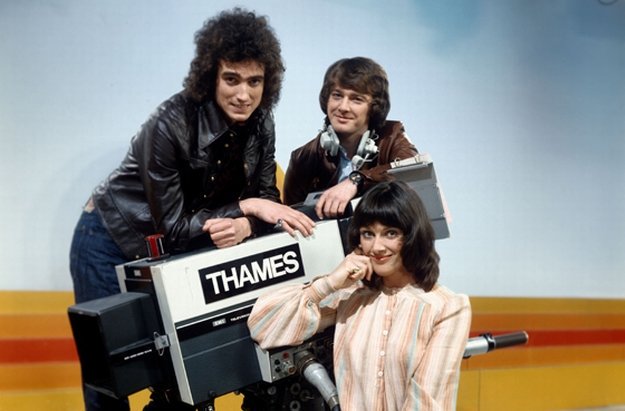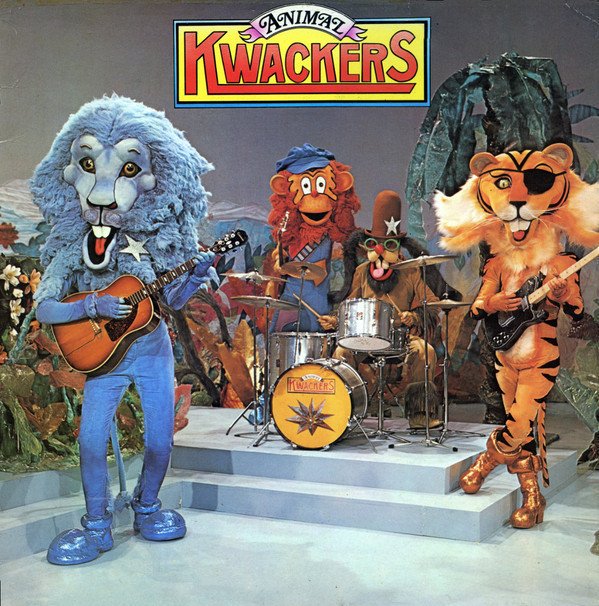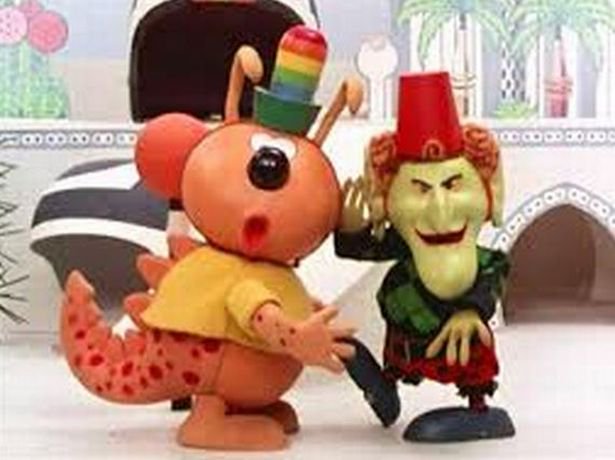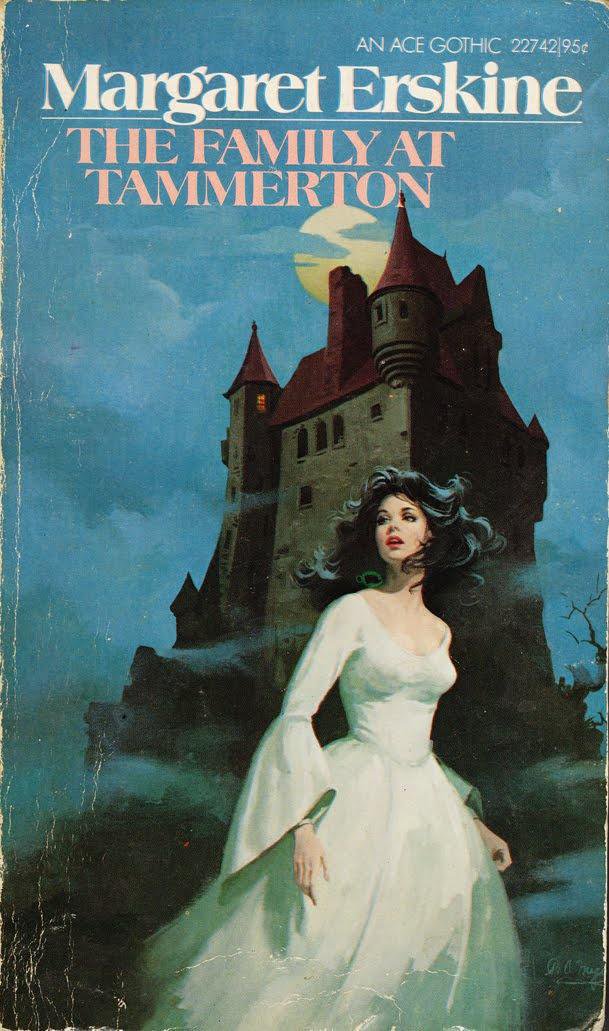
He is X-RAY-3, the best agent in the Psychoanalytic Special Department. He battles supernatural crime and mad scientists. His books have sold over 20 million copies in the German-speaking world.
For today's #MondayMotivation let me introduce you to Larry Brent...
For today's #MondayMotivation let me introduce you to Larry Brent...
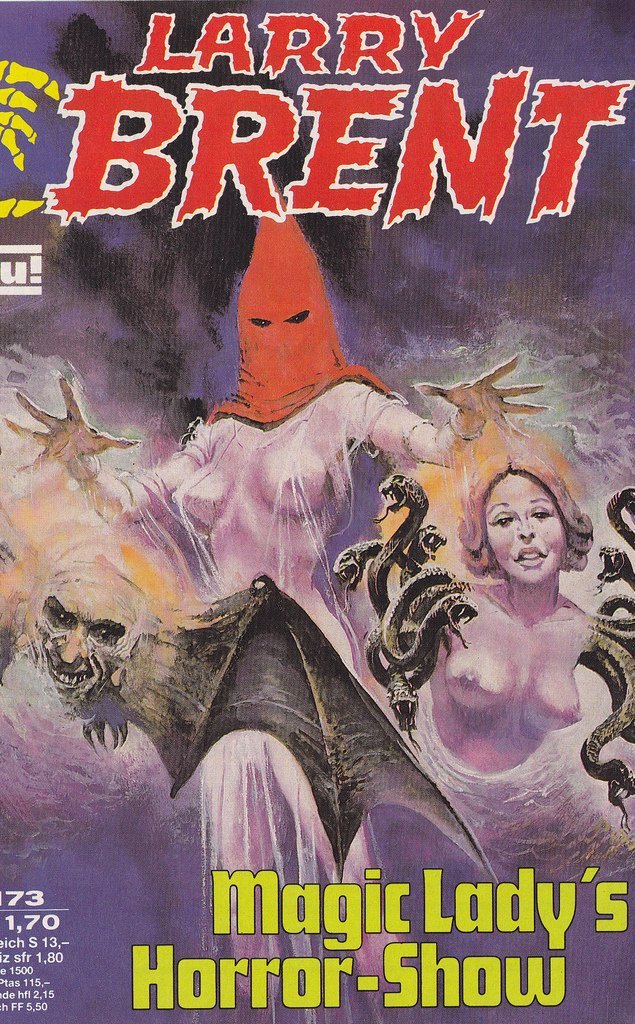
Larry Brent and the other agents of the Psychoanalytic Special Department lead the worldwide fight against crimes of supernatural or unusual origin. Their base is under the Tavern On The Green pub in New York's Central Park, if you're ever in the area. 

And Larry Brent is quite a cool hero: he drives a Lotus Europa, uses a Smith & Wesson laser gun and has a secret communicator ring. It's all vital kit in the battle against his corrupt demonic adversaries! 

Larry Brent is the creation of Jürgen Grasmück, a legendary figure in German pulp. Grasmück began his career in 1956 writing science fiction but soon began mixing horror and fantasy elements into his stories. 

Using the alias Dan Shocker, Grasmück's first story featuring Larry Brent premiered in the German sci-fi fanzine Andromeda. By 1968 he had crossed over into more mainstream Gruselromans, premiering in Zauberkreis's Silber-Krimi issue 747: "A novel for strong nerves!" 

Gruselroman is the German form of horror pulp, and it has a long lineage: from the Brothers Grimm through to Der Orchideengarten. Dan Shocker may have added a detective element to his macabre tales, but he certainly had plenty of inspiration to draw on. 



Austrian artist Rudolf Sieber-Lonati painted many of the Larry Brent covers. His distinctive lurid style can be seen on the covers of many gruselromans from the 1960s and 1970s. 

Larry Brent stories were regularly published in Zauberkreis's Silber-Grusel-Krimi series. These featured work from many other gruselroman authors as well as Dan Shocker: Bob Fisher, Marcos Mongo and Cater Saint Clair... all pen names by the way! 







Larry Brent finally got his own series in 1981, which ran successfully for six years and 192 issues. That's a lot of paranormal cases for our detective to solve - though many were reprints of earlier stories. 

A number of Larry Brent stories were also released in audio format by Europa in the early 2000s. Some of these are on YouTube if you want to have a listen 



Jürgen Grasmück sadly passed away in August 2007 at the age of 67, after a long illness. His impact on horror pulp however was immense, and the number of stories he wrote in his lifetime is impressive by any standard. 

Reprints of the Larry Brent stories are still available, so if you'd like to read the adventures of paranormal agent X-RAY-3 then do give them a go. They're great fun! 

Fun fact: Jürgen Grasmück - as Dan Shocker - also wrote the Macabros series of gruselromans.
But that's a story for another day...
But that's a story for another day...

• • •
Missing some Tweet in this thread? You can try to
force a refresh

